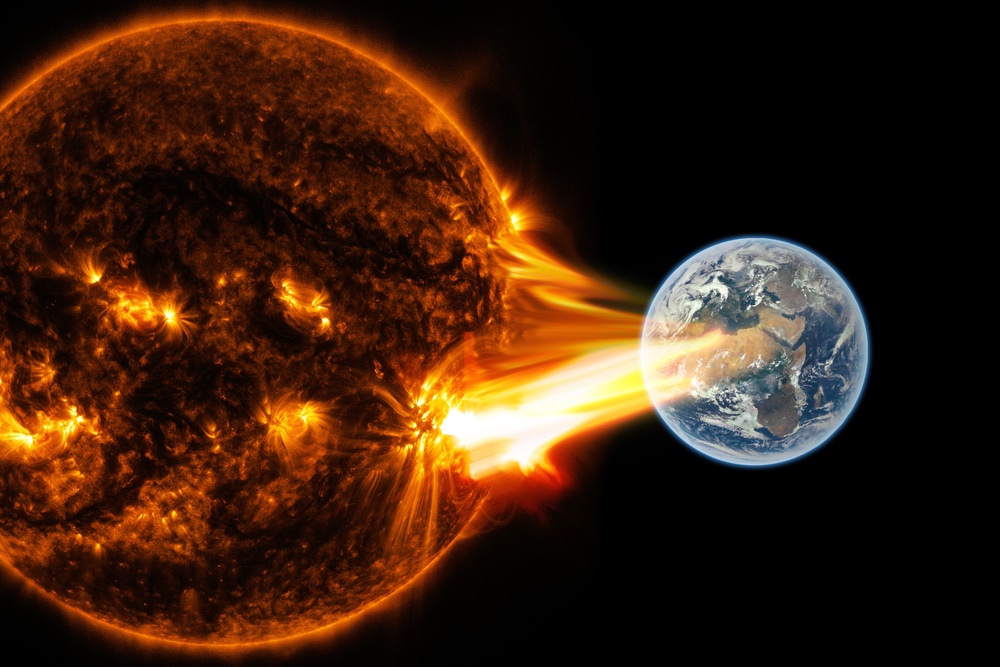The sun may be waking up after almost a decade of relative calm, scientists say — and that could cause problems on Earth. According to a new report from Business Insider, The solar storms that rage on our star during its active period create bursts of electromagnetic energy that can affect everything from the power grid to GPS signals.
These so-called solar maximums occur roughly every 11 years, and they haven’t been much of a problem in the past. Scientists, however, fear that our reliance on electricity and interconnectivity could mean we’re far more vulnerable to their effects this time around.
The sun is a big ball of plasma, heated at its center. The plasma, which is made of charged particles, boils toward the surface, cools down, and sinks back toward the core again.
That motion, called convection, is what creates strong magnetic fields at the poles and smaller, local magnetic fields at the surface of the sun.
Every 11 years or so, the sun becomes “convectively unstable,” meaning its magnetic fields become so unstable that the magnetic north and south poles abruptly flip, throwing our star’s polarity out of whack, said Mathew Owens, a professor of space physics at the University of Reading.
That instability causes havoc in the magnetic fields at the surface of the sun, which become much more active. That’s when the solar maximum happens.
The sun is much more likely to throw energy our way during its maxima. As the sun’s local magnetic fields get more tangled and crash into each other, they can explode. Energy and charged particles from the sun are then ejected into space.
That energy can affect communication by messing with the ionosphere, a layer of charged particles in our upper atmosphere. That could cause problems for air travel.
“Space weather can ground flights,” Owens said, adding that the Federal Aviation Administration “won’t allow flights if they don’t have both radio and satellite communications.”
A 2023 study looking at flight records over 22 years found that planes were 21% more likely to be delayed by at least 30 minutes when the sun was very active.
The rays can change the magnetic fields in the ionosphere, which can affect GPS signals that have to pierce through that layer to reach Earth.
Radio signals sent from Earth also need to bounce off the ionosphere to get from one point to the other — that’s less efficient in rough space weather.
Granted, radio signals are much less important to basic communications today. But several industries use radio signals to back up their other communications systems in case of failure.










